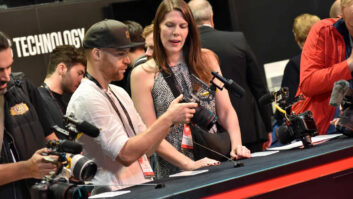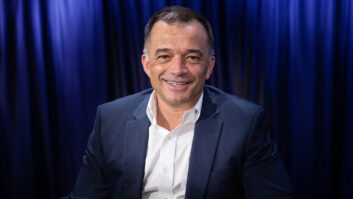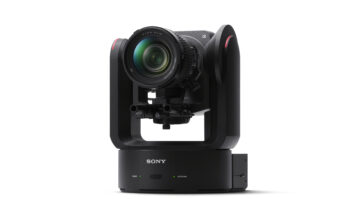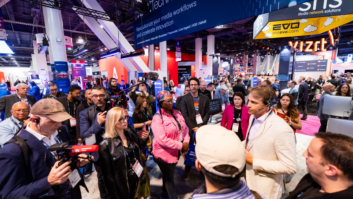The year 2017 ended with the way 2018 is going to pan out – with eye-popping numbers of acquisitions and mergers. We will see a virtual dating agency in operation 24/7, and trend-telling exhibitor churns at both NAB and IBC.
The recent ‘fits like a glove’ standouts were TVT buying the Dutch Digital Media Centre (DMC) and Apple buying Shazam, and the mind boggler was Walt Disney Co’s $52.4 billion acquisition of 21st Century Fox. This figure dwarfs the value of the so-called broadcast business as was, and it will be the trigger for dozens of further consolidation headlines.
Where 2017 was about interoperability credibility and the comfort blanket known as SMPTE ST 2110, specifications and documents; open source software developments; astounding VoD and OTT penetration stats; cloud confidence and cyber security concerns; pressing the IP go button and the SDI destruct button; voice activation, AI and VR; high dynamic range protagonist issues; a cuter understanding of monetisation; some brilliant start-ups and multitudes of wonderful apps; 2018 will be a continuation of this lot, plus greater acceptance of non media-specific IT, either generic COTS or COTS plus specialised boards. Another big focus will be the importance of microservices.
The year ended with a clever and important move by the IABM – the launch of a start-up membership category. This matches start-ups as one source of the breakthrough technologies, alongside the fast-growing open source software community. Now boasting over 500 vendor members, the IABM might become the premier virtual dating agency.
The goal for 2018 is networked media open interoperability, the end game of which will require further upgrades (beyond dematerialisation) to the JT-NM Roadmap from authors AMWA, EBU, SMPTE, and VSF. Once fully specified in April, the versioning tool IMF for broadcast will be one of the best value ‘product’ initiatives of the year. One of the situations to watch will be if and when Netflix joins Amazon in supporting Samsung’s HDR10+ initiative. Consumers deserve to see the mastering quality of HDR on their Smarts TVs.
It is Netflix and Amazon that traditional media companies need to study for identifying the best deployments of microservices (software designed architectures) as they transition fully into the digital realm.
Microservices are the bedrock of everything we can envision, and the immense benefits just start with the isolation of processes, the simplicity of updating, the vertical scaling, the distributed nature of microservices, and the simple but crucial role of APIs there amongst.
As IBC2017 identified strongly, the strategic adoption of best practices in microservices will push the media market onto the same software evolution as multiple other businesses in the same way generic IT infrastructure commitments around COTS tend to. This will be the big recognition and joyous jolt of the year. And AMWA will help the big transition with IS-06 and its vital network control values.
2018 will see many inventive monetisation ideas for VR deployment, and give a ubiquitous look to AI, but another long-standing trend in waiting – 8K – will zoom into the foreground of production thinking thanks to Red Digital Cinema’s WEAPON, Panavision’s Millennium DXL and whatever Sony does before NAB for the launch of the UHC-8300 and its 1.25-inch 8K sensors. The exciting things are the scope of large format and the wonderful big lens options that come into play.
So 2018 will be consolidation central. Microservices be what everyone sits their corporate arses on. Arriving at networked media open interoperability will get a clear ETA. 8K cameras will excite everyone in content production. And the industry bodies – the DPP with its cyber security initiative being one reason – will again match the vendors for importance.
Another huge danger to the vendor community is the trend towards internal software development projects within public service broadcasters. One of the very best is CBC/Radio Canada’s project to create an open source implementation of SMPTE 2110, and the global reaction to this reveals yet again the commonality of next generation technology across multiple fields: CBC recently met with potential users and collaborators from the e-health/telemedicine industry, as well as many people from media companies.







